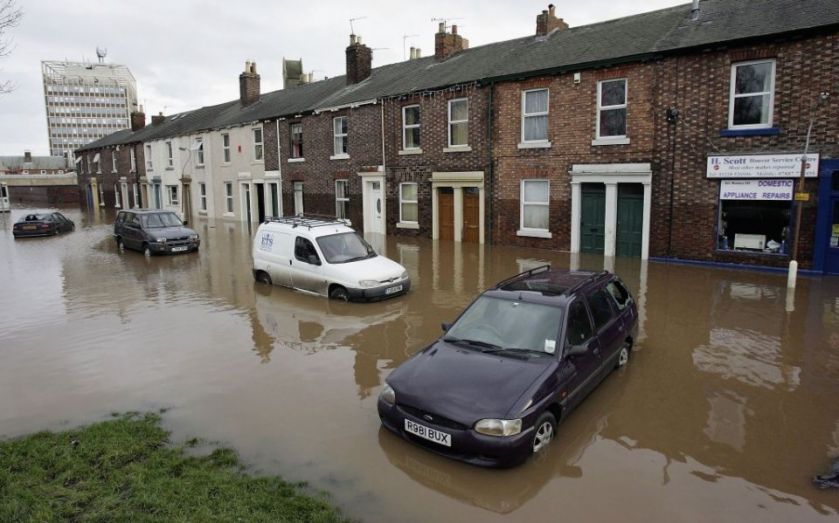Insurers must harness the internet of things to regain customer trust

The insurance industry has the privilege of playing an integral and valuable role in society – we protect for today and invest for the future. Our customers can go about their daily lives without fear for the financial consequences when things go wrong, while we help them to save to build their future financial security.
That is a compelling proposition, so we should not be bashful in showcasing the best of what we do. Last year, as protectors we paid £14.5bn – that’s £40m each day – in motor and property claims, £370m in claims to travellers who needed help, and £3.6bn to provide access to private healthcare. For savers, we invested £1.9 trillion (equivalent to 25 per cent of the UK’s total net worth) – providing enormous fuel to the economy, and crucial funding for its necessary infrastructure.
Despite this, levels of trust in the insurance sector are relatively poor.
For an industry full of people passionate about making a difference for customers, the perception that we will not be there in their moment of need, or that their investments and hard earned savings will be eaten away by unexpected charges is extremely disappointing.
However, we can’t just stand back and complain that it’s unfair. We must do more to understand the root causes of mistrust and take action. We must be bold, innovative and, wherever possible, work together as an industry.
Two areas stand out as key steps for the industry to take over the next five years in order to strengthen trust.
First, radically improve the transparency of what we do. When tangible moments arrive, for example a claim or when a customer comes to access their savings, our businesses face a rare “moment of truth” for reputation and trust. Will the claim be covered, or will there be an exclusion in the small-print? Will there be charges the customer hadn’t expected?
These are questions the customer should not be left wondering about in their moment of need. Over the years, rather than ease communication with customers, a combination of regulation and legislation has had the unintended consequence of making the communication of what is really important less and less clear amid the fog of standard disclosures.
To earn customers’ trust, we must work harder to make plain the key features of the product, its cover and its charges in a wholly transparent way; and share publicly the feedback of other customers’ experience at their moment of truth, both good and bad.
Online customer reviews (now a familiar feature of online shopping) are crucial if we are to convince customers that the vast majority are, in fact, delighted by their experience.
Second, we need to become more relevant to the lives of our customers. Here, the industry should consider carefully how it might harness the “internet of things” to become “life consultants” to our customers. Connected cars, telematics, the connected home, health monitors, mobile apps, online investment platforms, all offer the opportunity for our businesses to become more relevant to our customers each and every day.
These new sources of customer behavioural data provide a unique opportunity to reposition the sector’s relevance to customers by providing advice and insights. Not only will we be there to pay their claim when a risk materialises, but we will also be there to help them reduce the risk that it happens at all. Not only will we be there to enable our customers to save for the future, but we will also encourage and help them to make the right decisions on saving. All informed by the insights we have about them, and people like them.
These are just two things the industry can do to strengthen trust. Everyone will have their own ideas, but hopefully everyone can agree that concerted efforts must be made, individually and collectively, if we are to preserve our privileged position in society.